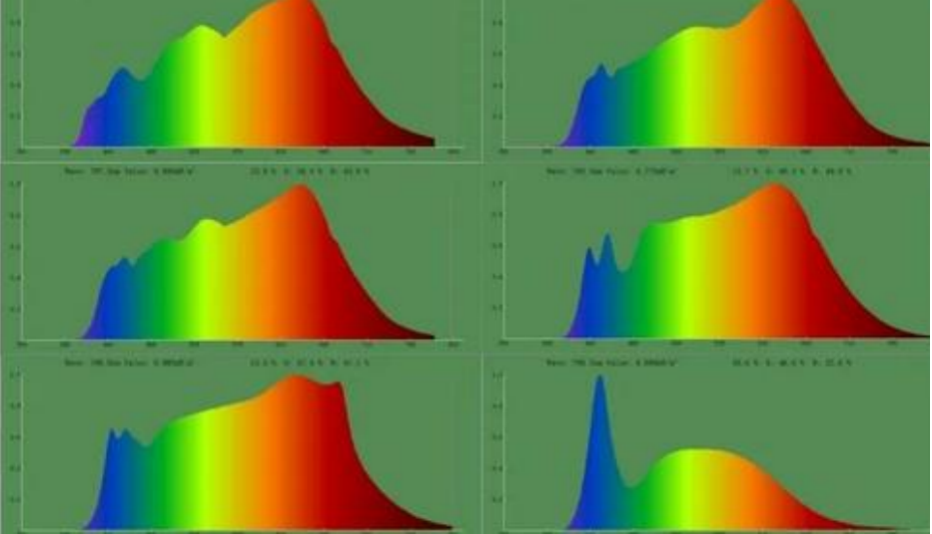Intelligent Climate Prediction: AI Technology Opens a New Era in Meteorological Science

In the battle against global climate change, meteorological prediction technology is undergoing a disruptive transformation. While traditional numerical models have laid the groundwork for climate research, their dual limitations in computational efficiency and precision are being overcome by emerging intelligent algorithms.
Revolution in Efficiency: From Supercomputing to Instant Simulation
Traditional meteorological simulations rely on the continuous operation of supercomputer clusters, with climate projections on a century scale consuming energy equivalent to the annual power consumption of a medium-sized town. This energy consumption model not only restricts research efficiency but also struggles to capture key details such as the microphysics of cloud layers. The advent of intelligent simulators has fundamentally rewritten this paradigm, creating prediction systems that operate at speeds millions of times faster by leveraging deep learning on historical climate data.
A rapid simulation platform developed by an international research alliance successfully replicated the temperature curves of traditional models under three carbon emission scenarios. This system maintains predictive accuracy while reducing computation time to mere seconds, offering policymakers real-time possibilities for simulating different emission reduction pathways. Even more remarkable is its energy performance, requiring only one ten-thousandth of the power consumption of traditional methods for climate simulations of equivalent scale.
Cognitive Leap: From Singular Predictions to Multidimensional Analysis
Foundational model technology has opened new dimensions in climate cognition. By deconstructing the intrinsic relationships within vast meteorological data, intelligent systems autonomously discover deep laws governing atmospheric motion. A multinational laboratory's cognitive framework, integrating five classic climate models, demonstrates predictive capabilities for extreme weather events. Its innovative dynamic learning mechanism can simultaneously analyze over ten key variables, such as greenhouse gas concentrations and surface albedo, creating a multidimensional climate prediction map.

The breakthrough of this technology lies in its adaptive capability—when confronted with climate anomalies not covered by historical data, the system can autonomously adjust parameter weights, significantly enhancing prediction reliability. In tests for typhoon path prediction, this model improved accuracy by 27% compared to traditional methods, providing a valuable time window for disaster prevention and mitigation.
Integrative Innovation: From Theoretical Modeling to Symbiotic Reality
Hybrid modeling technology has pioneered a collaborative paradigm between physical laws and data intelligence. Research teams have embedded neural networks within classical atmospheric equations, resulting in a more interpretable prediction system. In the simulation of cloud microphysics, intelligent components successfully resolved phase transition processes that traditional models struggled to handle, improving precipitation prediction accuracy by 40%. A polar research project, utilizing this technology, achieved the first millimeter-scale dynamic simulation of snowmelt processes.
The intelligent transformation of ocean circulation models is particularly illustrative. Researchers implanted turbulence intelligent computing modules within traditional fluid dynamics frameworks, enhancing the efficiency of ocean heat transfer simulations by a hundredfold. This integrated system not only accurately predicted El Niño events but also revealed the coupling mechanisms between deep ocean currents and atmospheric oscillations.

Technological iteration is reshaping the cognitive boundaries of climate science. As intelligent algorithms break free from computational constraints and data insights unveil atmospheric mysteries, humanity has finally acquired the golden key to decoding the Earth's pulse. This silent scientific revolution not only signifies a dramatic increase in predictive accuracy but also heralds a shift in climate governance from passive response to proactive intervention. In the context of the imperative for carbon neutrality, intelligent climate models will become key advisors for humanity in reshaping Earth's ecology.
(Writer:Lorik)



